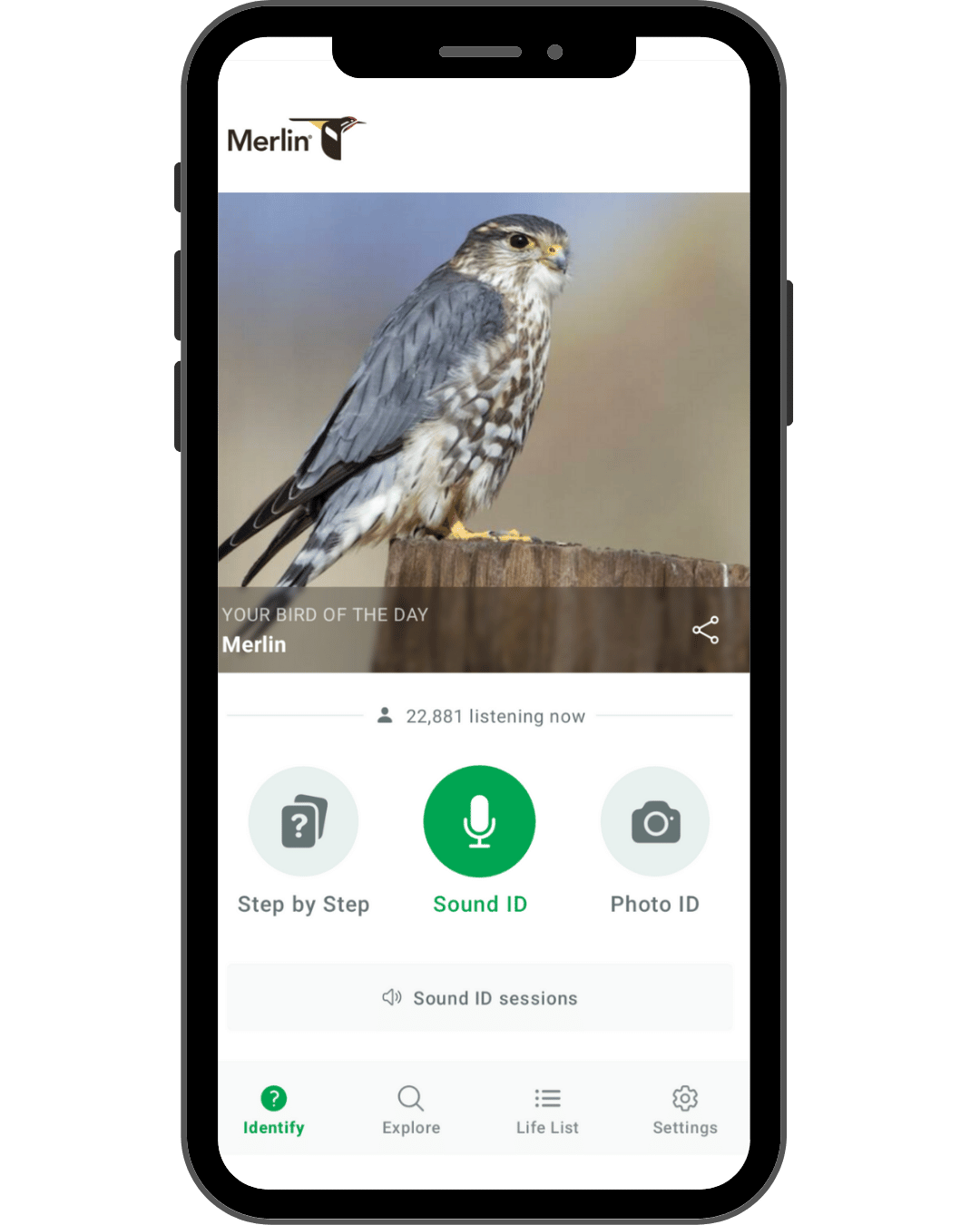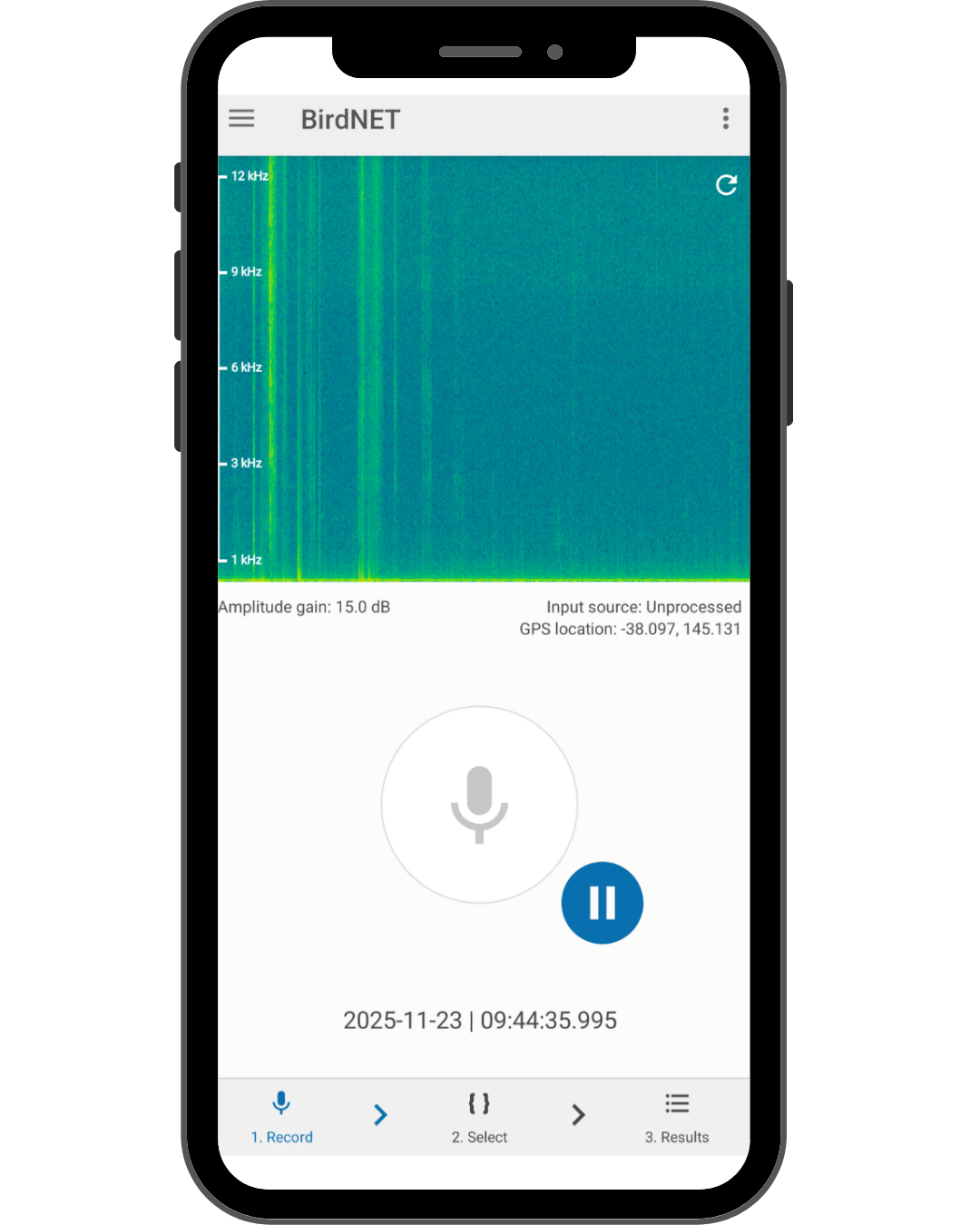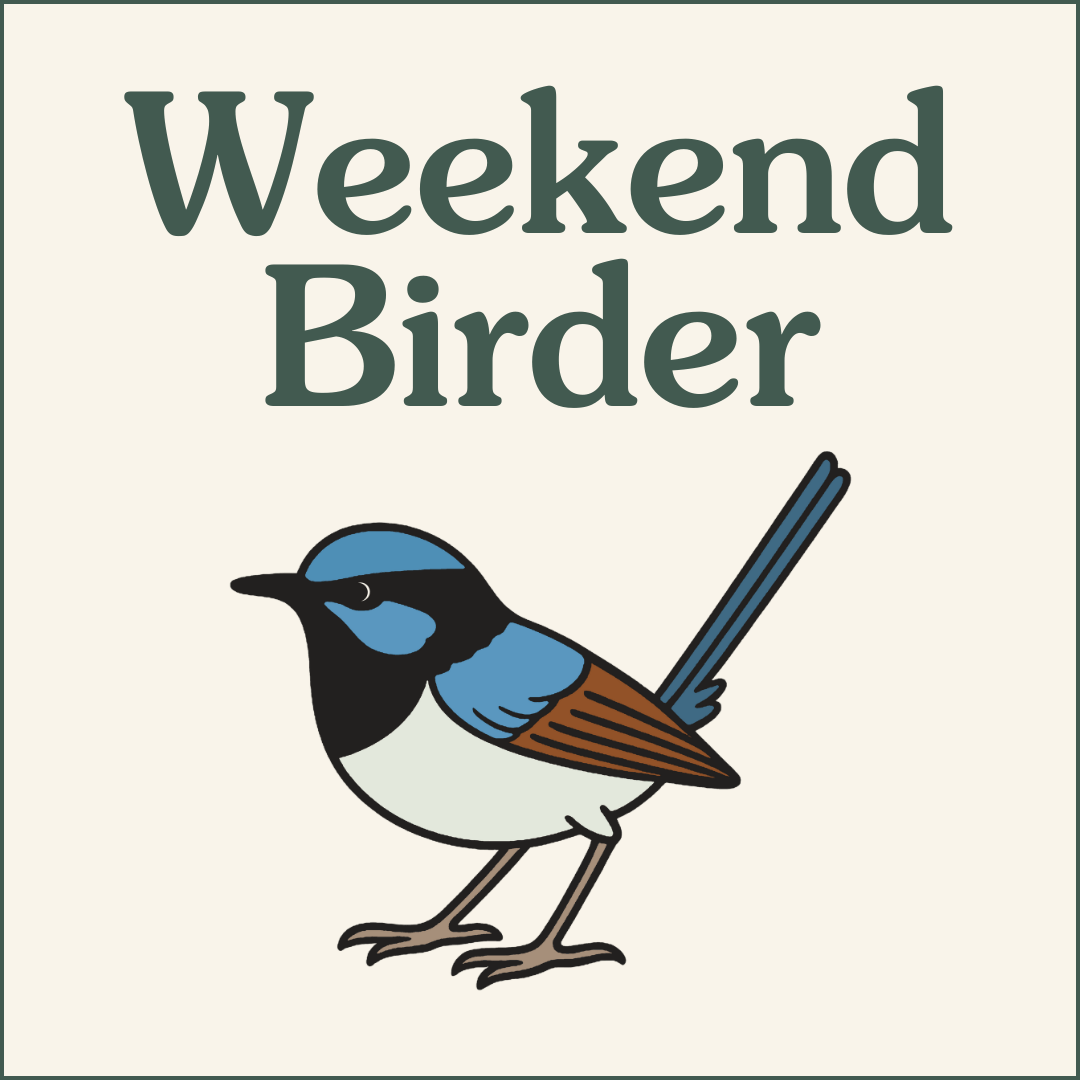This guide shows you how to use birdwatching apps to make identifying birds easier and faster. They don’t replace time in nature or a good field guide book - they simply help you confirm what you’re seeing and hearing. This guide introduces the most useful bird ID apps for Australian birdwatchers and shows you how to use them ethically.
Bird ID Apps
Why use apps?
There are more than 850 species of birds in Australia, and there are already some fantastic printed field guides to help you identify them. Apps don’t replace books - they sit alongside them and make some things easier.
Apps are especially useful for:
Up-to-date information - taxonomic research will continue to change names and split species
Easier identification - many apps include photo ID, sound ID and side-by-side comparisons
Call recordings and sounds - you can listen to calls before you head out or double-check what you’re hearing
Field guide apps
There are paid digital versions of two of Australia’s classic field guide books. Pizzey and Knight’s Birds of Australia (PK Birds) and Morecombe’s Birds of Australia are great apps to use when you want more depth information, or if you prefer to learn by reading and comparing species side-by-side.
Both apps:
have step-by-step identification support
include detailed text, illustrations and/or photos
let you search by name, family or features
provide high-quality call recordings
can be used offline once installed
can be used to record your bird life list
Merlin Bird ID app
Merlin Bird ID is a free and global app created by the Cornell Lab of Ornithology. It can:
suggest IDs based on a step-by-step questions (date, location, size, colours, active zone)
identify birds from photos
identify birds from sounds, using your phone’s microphone
show species info, maps and multiple plumages
can be used to record your bird life list
Tip: If you want to go out of mobile coverage range, use the Settings area to download a bird pack for your region so the app knows which species to expect and can work offline more reliably. Best to do this when you’re connected to wifi as the data pack can be large.
BirdNET app
BirdNET is another free app by the Cornell Lab of Ornithology. It is a sound-analysis tool that has, at the time of writing this guide, more Australian birds in its library than Merlin Bird ID. You record a short snippet of sound and the app suggests possible species.
It’s best used when:
there’s one clear bird calling
background noise is minimal
you want to isolate the call of one bird
you want to record and review calls later
Wingmate
Wingmate is a lightweight Australian and New Zealand birdwatching app that works as a simple digital field guide with a few smart extras:
Clear species profiles, good-quality images, call recordings, and helpful ID notes
Filter birds by location, explore regional variations and compare similar species side-by-side
Interactive hotspot map so you can see which birds are being seen nearby
Browse local species lists, check recent sightings, and explore community records to help plan your next outing
Wingmate’s photo ID tool uses visual AI to identify birds from your pictures, and an audio recognition tool for bird calls is currently in development. It’s a great option if you want something faster and simpler than the full field guide apps, but still want solid species information and a few modern tools to help you along the way.
Using apps ethically
When it comes to using apps, birds should come first. Birdwatching apps are fantastic tools and they need to be used with care:
Use headphones or very low volume when listening to bird recordings
Avoid taking photos of bird nests or young birds
Back away after one or two photos
For rare species, enjoy the moment rather than chasing a perfect ID
For more information, visit our page on Birdwatching Ethics.
More support
We’ve got a guide for citizen science apps or check out our other birdwatching guides.
Podcast episodes
Learn more about birdwatching apps with these Weekend Birder episodes:





